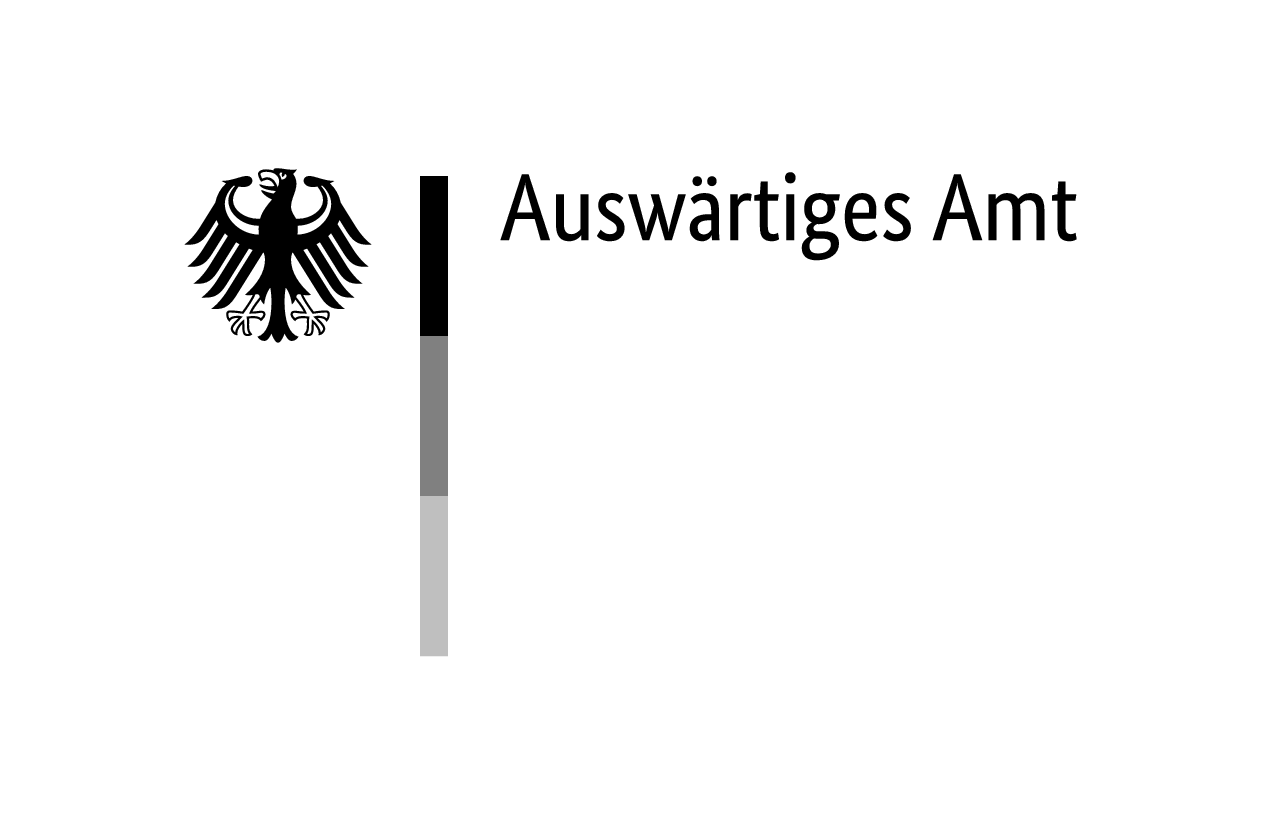Kushchevskaia [German: Kuschtschewskaja] is a village [stanica] in the raion of the same name, Krasnodar krai, Russia. Kushchevskaia was captured by units of Army Group A as part of ‘Operation Blue’ [‘Unternehmen Blau’] on 1 August 1942. For most of the six-month occupation, it was part of the Rear Army Area A [German: rückwärtiges Heeresgebiet A] and was the responsibility of the 454th Security Division [454. Sicherungsdivision]. The administration of Kushchevskaia and the surrounding area was taken over by the Local Command I/696 [Ortskommandantur, OK I/696].
The majority Cossack population was considered German-friendly by the occupying forces and was to receive correspondingly favourable treatment. South of Kushchevskaia, an ‘experimental area’ was set up for the self-administration of the Kuban Cossacks, taking up almost a fifth of the Rear Army Area A.
The Kushchevskaia district also harboured few internal dangers for the occupiers. In its report for the month of November 1942, the 454th Security Division reported that no significant ‘bandit activity’—meaning the activities of partisans—had been detected. Nevertheless, the arrest of 325 people, 132 of whom were civilians, was listed under the rubric ‘III. Defence’.
Among the civilians arrested were also Roma: ‘In Kushchevskaia, a wandering group of 22 Gypsies was arrested and […], as they represented a danger in terms of defence, were sent to the Jewish camp there […]’.1Nuremberg State Archives, NOKW 2856, Activity report of the 454th Security Division, Abteilung Ic, for the month of November 1942, 6 December 1942. The original of the activity report can be found in BArch, Military Archives Department, RH 26-454/20, without pagination. The reference to the defensive ‘danger’ is based on the assumption of espionage activity by ‘wandering’ Roma, which is frequently found in the German reports; however, this categorisation—which implies an itinerant way of life—should generally be treated with caution in view of the war-related refugee flows and from an antigypsyism-critical perspective.
The further fate of the Roma who were arrested is not known, especially as the Extraordinary State Commission does not appear to have carried out any investigations into this case. It can be assumed that they were shot by the German security police [Sonderkommando 10a] shortly after their arrival, but no later than the end of December 1942, when the camp was dissolved and all remaining inmates were murdered.2Tyas, “The Kaukasier Kompanie,” 105. Kushchevskaia was recaptured by the Red Army at the beginning of February 1943.




